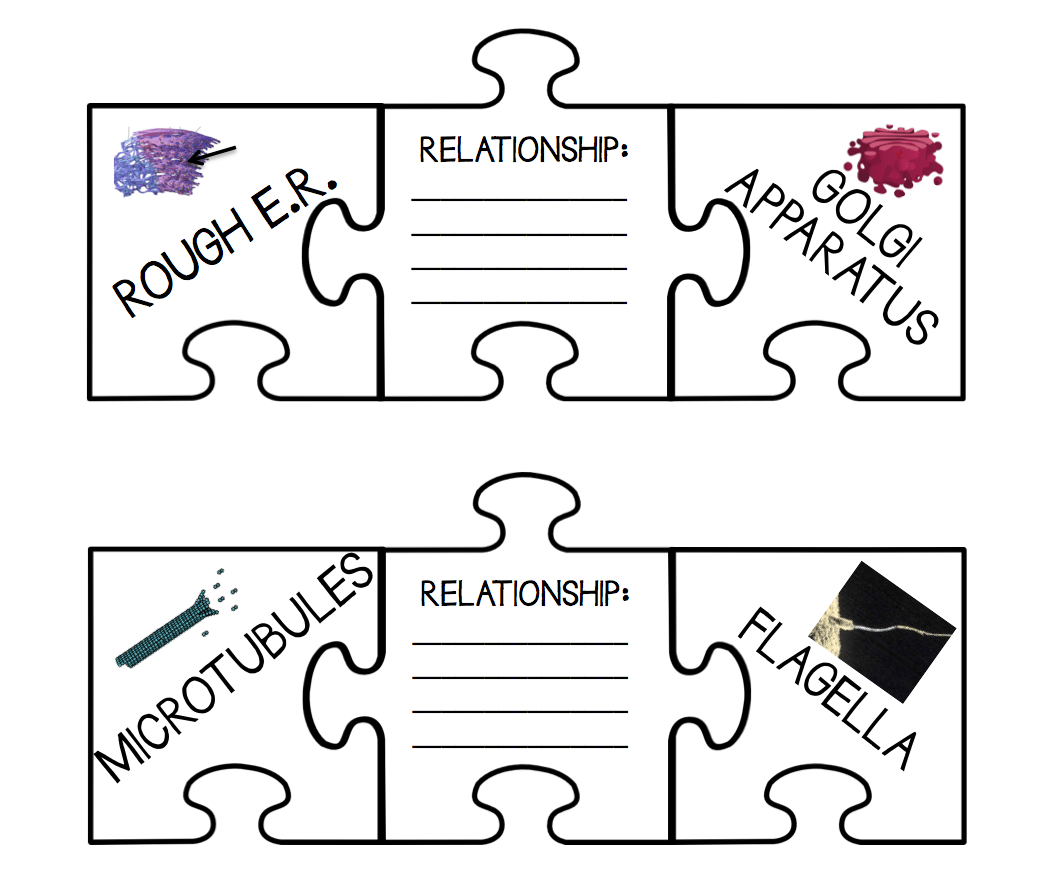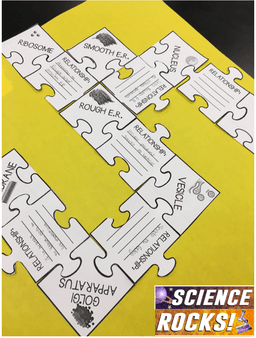Every teacher has that one unit they don’t like to teach. For me, it was cells. Having taught every grade from 6th to 12th, it seemed like no matter how hard I tried, the same thing happened every year. I taught organelles, students memorized them for a test, and then completely forgot about them. Later when I taught mitosis and would ask “Hey, remember centrioles?” I would get blank stares. But what was even more frustrating was the fact that students just didn’t get how organelles worked together. I tried everything I found on the internet. I tried the “cell is like a factory” analogies. I tried to have students make cell models out of clay or food. I had them make posters. I even had them write me a “tour through the cell” book (inspired by the magic school bus). And guess what? None of it really worked. Sure, students would come in with really cool jello models and beatiful posters, but if I asked “How do the endoplasmic reticulum and golgi work together?”….. more blank stares.
After 9 years of teaching cells, I was ready to cry. Then one day I was venting to a professor at a local university and he said he had his students group their flashcards together and lay them out like dominoes. Inspiration hit! Why couldn’t I have my students link them together like puzzle pieces? I immediately got to work.
I made a list of all the organelles my students needed to know. I decided to make 2 versions of the activity since I teach multiple levels of biology. In the first version (picture on left), I linked two organelles together, and students would have to write out the relationship between them on the connecting puzzle piece. To make it harder for my honors students, I would have them figure out which organelles go together on their own (picture on right).
For the second version, I had students lay them out on butcher paper and connect as many puzzle pieces as possible. They called me over to check before gluing. What was great about this activity was that every group had a different final product, but all of them had correct answers. By the end of the activity (it took them 2 class periods) they had a much greater understanding of which organelles worked directly together and why. (Insert happy dance here). Students also took pictures of their posters and used them as a study tool before the test. So if you were as frustrated as me, kiss your cell factory goodbye and
check out my lesson plan HERE.
Want to save this blog post for later? Click here to repin!










